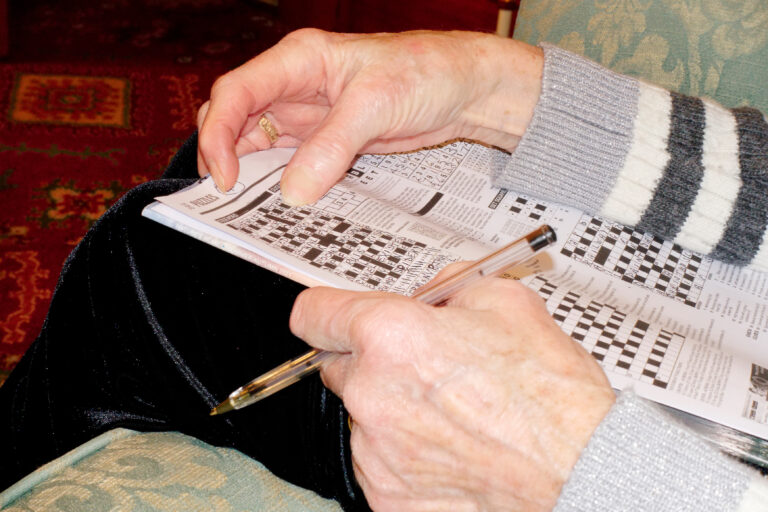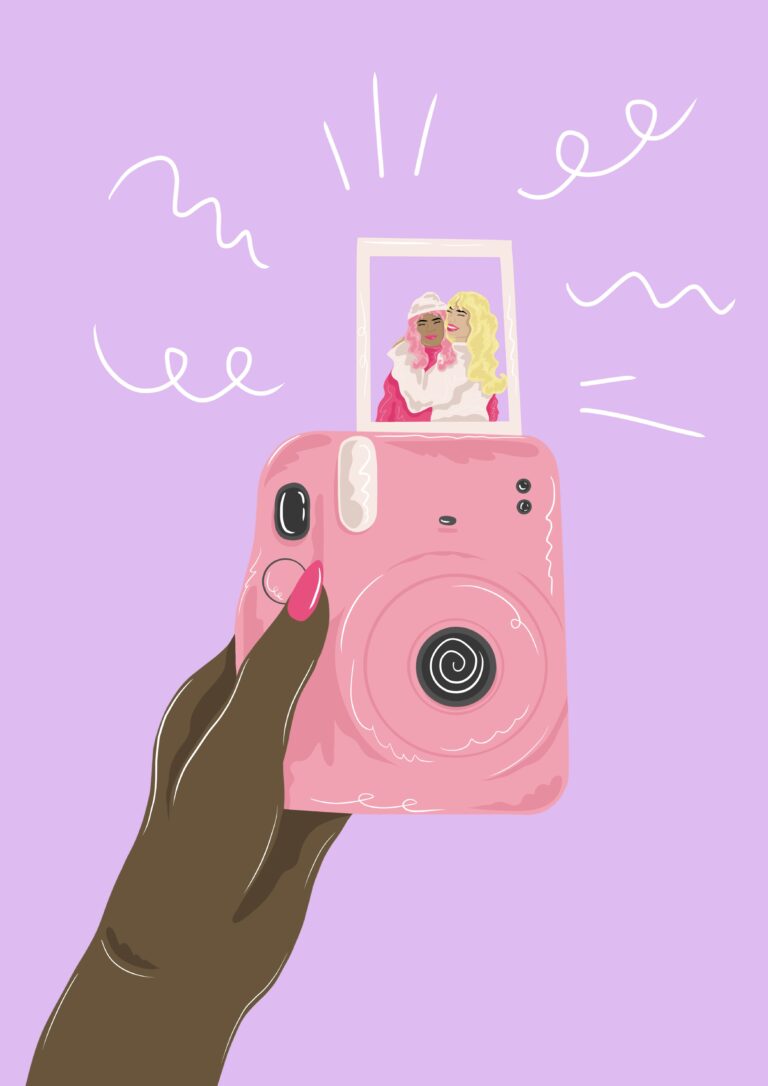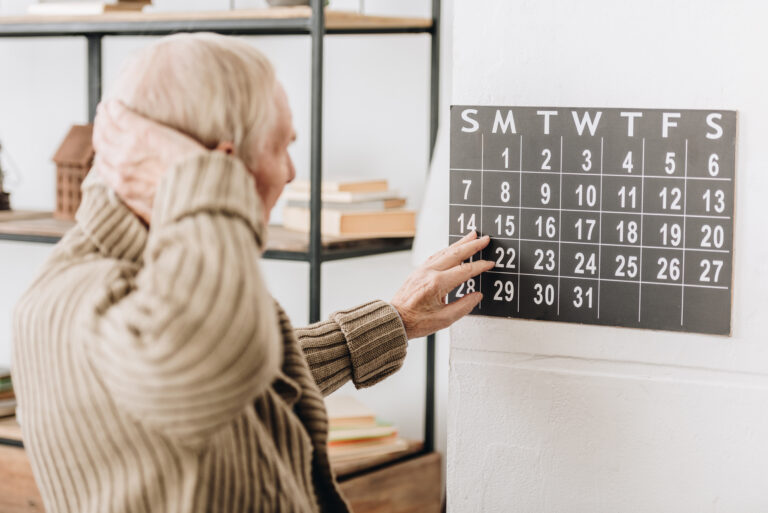Making holiday banners can engage Alzheimer’s patients by providing them with meaningful sensory stimulation, cognitive engagement, and opportunities for social interaction in a familiar and festive context. The process of creating or interacting with holiday-themed banners taps into preserved abilities such as recognition of colors, shapes, and familiar symbols, which can evoke positive emotions and memories even when other cognitive functions decline.
Holiday banners often feature bright colors, simple patterns, and recognizable imagery like snowflakes, pumpkins, stars, or hearts. These visual elements are easy for Alzheimer’s patients to focus on without overwhelming their senses. Engaging with these visuals can stimulate the brain’s visual processing areas gently while also encouraging attention span improvement through a calming activity.
The act of making holiday banners involves multiple senses—touching materials like paper or fabric; seeing vivid colors; sometimes hearing festive music in the background; even smelling seasonal scents if incorporated (like cinnamon or pine). This multisensory experience helps anchor the patient in the present moment while subtly triggering emotional responses tied to past holidays. Such sensory engagement is known to reduce agitation and anxiety common among people living with Alzheimer’s.
Creating holiday banners also encourages fine motor skills practice through cutting shapes or gluing decorations. These physical activities help maintain hand-eye coordination and dexterity that might otherwise deteriorate due to inactivity. Even simple tasks like placing stickers or arranging pre-cut pieces provide a sense of accomplishment that boosts self-esteem.
Beyond individual benefits, banner-making is often done in group settings such as memory care programs or family gatherings. This fosters social connection by giving patients something tangible to contribute toward a shared goal—a decorated space celebrating familiar traditions. Social interaction combats isolation frequently experienced by those with dementia-related illnesses by promoting feelings of belonging and purpose.
Moreover, holiday themes naturally invite reminiscence therapy—the gentle recalling of past experiences associated with celebrations—which has been shown to improve mood and communication among Alzheimer’s patients. Discussing what certain images mean (“This star reminds me of Christmas tree lights”) can spark conversations that strengthen bonds between caregivers and loved ones while keeping language skills active.
Involving Alzheimer’s patients in making holiday banners respects their dignity by focusing on abilities rather than limitations. It provides structure without pressure since there is no “right” way to create art here—just personal expression within a joyful framework tailored for cognitive challenges.
Overall, using holiday banner projects as an engagement tool combines creative expression with sensory stimulation plus socialization—all crucial elements recommended for enhancing quality of life in dementia care settings. It transforms passive observation into active participation during times that might otherwise be confusing or lonely for someone facing memory loss challenges.





